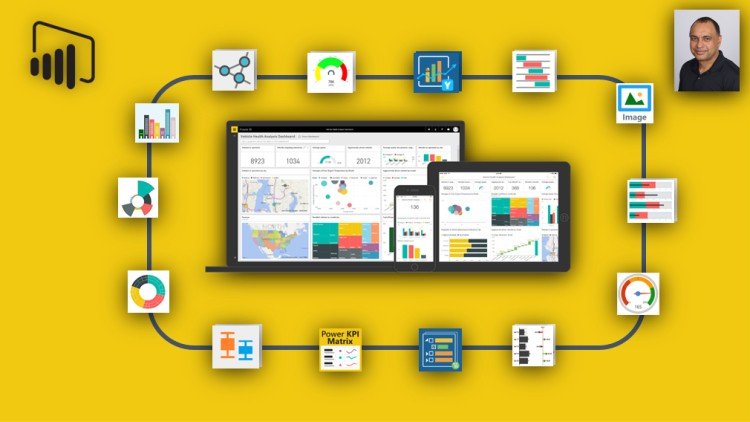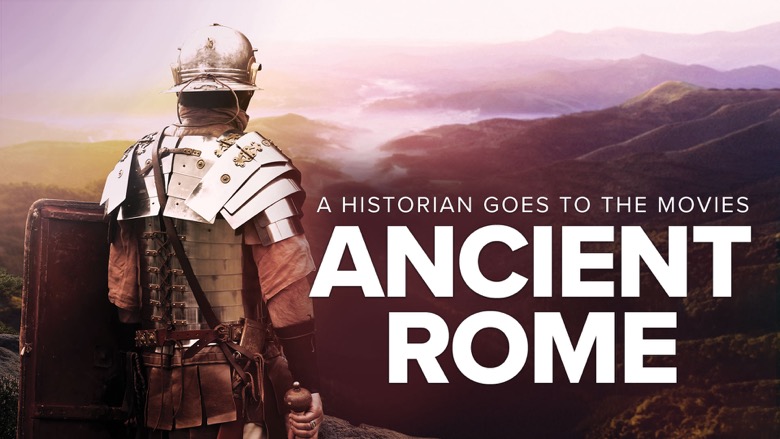
TTC - Your Best Brain
Last updated 12/2023
MP4 | Video: h264, 1280x720 | Audio: AAC, 44.1 KHz, 2 Ch
Genre: eLearning | Language: English | Duration: 24 Lessons ( 12h 50m ) | Size: 10.6 GB
The human brain is the most complex object in the known universe. This amazing organ has unique powers to make predictions about the future, form relationships with other people, adapt to rapidly changing circumstances, and much, much more.
But how does the brain accomplish these astonishing feats? We all have a basic conception of our brain's role in consciousness, memory, emotion, attention, creativity, and so forth. But what exactly goes on in the brain to make these things happen? And-even more intriguing-what happens when the intricate systems in the brain are not functioning as they should?
In Your Best Brain, Professor Medina walks you through the latest, peer-reviewed neuroscience research in an attempt to shed light on the mysterious world inside your head. Explore what science has discovered about
Memory: Although we tend think of memory systems like hard drives in computers, there are actually many memory systems, and they are nothing like computer hard drives. You'll see exactly how your brain remembers details and events... and the surprising reason it forgets about them all.
Senses: Between your senses-like sight and smell-and your perception of those senses sit powerful processing and interpretative filtering systems. You'll uncover how the brain translates cues from the environment to create what we perceive as reality.
Emotions: Fear. Excitement. Happiness. Grief. Anger. From where do all these emotions come? You'll explore how the brain generates and uses emotions to connect with others, as well as to direct your attention to what's important.
Creativity: Brain scientists don't really know what "creativity" is, but the cognitive gadget that may come closest to describing it is something called "cognitive disinhibition". This is a process where the brain stubbornly refuses to rule out information that on the surface seems irrelevant to the task at hand. This fluidity of thought allows for staggering innovation-for example, the production of a designer fabric from discarded sour milk.
Tour the Five Key Aspects of the Brain
The first functional map of the cerebral cortex sprang from research done during the two World Wars. When scientists studied soldiers who sustained shrapnel wounds to the head, an examination of each soldier's lost-or in some cases, gained-functions told the researchers what the affected cortical region did. Since then, the field of neuroscience has been in a near constant state of disruptive transformation as researchers and doctors continue to discover revolutionary truths about our brains.
In 24 exciting lectures, Professor Medina will lead you on a spirited tour of five key aspects of this lively revolution
The Evolving Brain: Killer whales are smart, but they don't write novels. Crows are smart, but they can't design microchips. The evolution of the human brain ensured that we not only survived, we actually conquered the world. You'll examine the physical structure and function of the brain and how it enabled a comparatively weak species to become the planet's apex predator.
The Learning Brain: We survived by being the smartest. But what does it mean to be smart? Take a scientific look into what it means to be intelligent, and uncover the sophisticated way your brain processes and analyzes information about the world around you.
The Feeling Brain: Being able to form relationships and societies gave humans a massive survival advantage. Central to that is our ability to imagine how others are thinking and feeling. Investigate the subtle nuances between emotions and feelings, how they occur on a biological level, and their role in forming and sustaining connections with others.
The Developing Brain: The first three sections of this course describe the fully developed brain. But how does it get that way? Peer into the development process of the brain-from the early years as an infant, to the turbulent teenage period, to how we age in later life.
The Optimized Brain: Wrap up this cerebral tour with an answer to the big question-how do you optimize your brain's processing performance? Find out what science has to say about the role of sleep, exercise, and more in ensuring that the brain performs at its very best. You'll learn practical, research-backed exercises and tips that you can apply in your life right away.
Optimize Your Brain
A generation ago, we were barely able to map the regions of cerebral cortex. Thanks to rapid advances in technology and in our understanding of the brain, today's neuroscience research goes far beyond trying to understand how the brain works, and into the search for proven ways to optimize brain performance. You'll learn science-backed strategies for improving your memory, boosting your creativity, and keeping your brain healthy. Examples include
How a simple exercise-created by a leading neuroscientist-can make you more creative. It's as easy as washing your hands!
A practical, three-step guide to remembering nearly anything by tapping into your brain's deep integration with your senses.
A method for getting rid of bad habits by hacking the brain's internal "pleasure process" to replace a negative habit with a positive one.
A simple stress-reduction technique that researchers suggest can boost the effectiveness of therapy by over 60%.
Seven tips for parenting and supporting teenagers... even when they're moody.
One critical activity that research suggests will keep your mind sharp as you age.
Best of all, each practical example included in this course is grounded in scientific research. You'll be investing your time in worthwhile activities that are proven to show results, rather than trusting untested anecdotes and questionable theories whose effectiveness has not been verified.
A Vast and Complex Science Made Clear
From the very first lecture, you'll see just how far-reaching and remarkable the science of the brain is. But while the subject is complex, that doesn't mean that it's difficult to understand.
Professor Medina is an award-winning molecular biologist at the University of Washington. His research background firmly grounds each lecture in the science. And, as a New York Times best-selling author and leading advocate for brain research, Professor Medina also has a unique ability to translate and communicate the great complexity of the brain in an understandable way to any student motivated to learn.
Yet most of all, the professor brings a deep passion for neuroscience and how knowledge about how our brain works can positively affect our daily lives. His enthusiasm and sense of wonder are clear throughout the course, and each lecture is filled with helpful metaphors, remarkable case studies, and intriguing-and at times, very amusing-ties to popular culture.
You'll walk away from the course with a greater understanding of just what happens inside your head, and what you can do to ensure that your brain performs at the highest levels possible for years to come.
Code:
https://anonymz.com/?https://www.thegreatcourses.com/courses/your-best-brain-the-science-of-brain-improvement

Download from RapidGator
Code:
https://rapidgator.net/file/582698e8b0acfc123df2d67b94d5acc6/
https://rapidgator.net/file/086316487d966f74b880a77c8a386a22/
https://rapidgator.net/file/742c94e48e0a69d2168ec26c59f3e520/
Download from Keep2Share
Code:
https://k2s.cc/file/0b5ed932922e0
https://k2s.cc/file/5f1971b2d25ac
https://k2s.cc/file/8a4294b5aa7f1
Premium Links
Code:
https://nitroflare.com/view/F7692028DE3C069/
https://nitroflare.com/view/2A3F0782C7E08F0/
https://nitroflare.com/view/C85B8C959702ACE
Archive password: largest country in the world by area

 Our Live Cams
Our Live Cams







 Reply With Quote
Reply With Quote

















